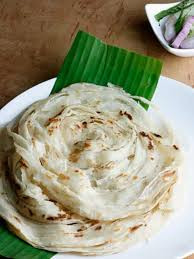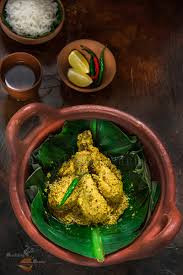“Celebrate Sawan with Delectable Paneer‑Veg Delights: A Flavorful Twist on Monsoon Meals”

IIE DIGITAL DESK : The charming culinary feature for the Sawan month, Sangbad Pratidin presents a collection of vegetarian paneer-based dishes perfectly suited to the monsoon season, designed for devotees observing the month of Jagran and fasting. The article emphasizes flavorful, rich yet accessible recipes that turn simple ingredients into satisfying meals without resorting to onion and garlic, aligning with fasting norms and devotional eating practices .
One standout recipe begins by frying paneer cubes in ghee until golden; these are set aside while a buttery paste of roasted cashew nuts begins to take shape. Into that paste is stirred tomato purée and bold spices—including dried green chilli (kacha lonka), kasuri methi, turmeric, red chilli powder, and salt—creating a fragrant masala that simmers until the oil separates. Cream and garam masala are then added to round out the richness, and the paneer is returned to annex the flavorful sauce. Finished with fresh coriander garnish and served piping hot, the dish marries indulgence with devotion through its creamy texture and aromatic depth .
Though the article primarily highlighted this signature recipe, it indicates the presence of several additional paneer‑veg dishes, each reimagined for the Sawan period when simple yet elegant cooking is prized. The collection promises innovations that respect dietary restrictions while uplifting the humble paneer with fresh spice profiles, texture contrasts and festive presentation.
Sawan season often centers around dishes that are soothing, nourishing, and aligned with spiritual energy. The paneer-based recipes take advantage of its high protein content to maintain energy, while the use of ghee and cream brings warmth and depth, both comforting in monsoon weather. By keeping the flavors balanced—neither too heavy nor overly spiced—the recipes cater to those observing austerity without sacrificing culinary pleasure.
What stands out in these offerings is the celebration of ingredients like cashew paste and tomato purée in place of everyday garlic‑onion bases. This elevates the paneer from a mere protein component to a vessel of rich texture and luxurious mouthfeel. The sauces are carefully built to release fragrant oil spots, indicating optimal blending of spices and fat—a classic sign of expert temple‑kitchen style cooking .
The recipes also offer a reminder that devotional cooking need not forgo indulgence. The lusciousness of ghee, cream, tomato, and nut paste provides a festive aura even within vegan or fast-observant contexts. Preparing paneer with intense masalas showcases how creative kitchens can innovate within tradition.
This feature invites readers to revisit paneer’s versatility beyond typical gravies or dry stir-fries, pushing the ingredient into celebratory territory during Sawan. The dishes are comforting yet refined, rooted in purity and mindful cooking, suited for both household devotees and casual family tables during monsoon feasts.
You might also like!













